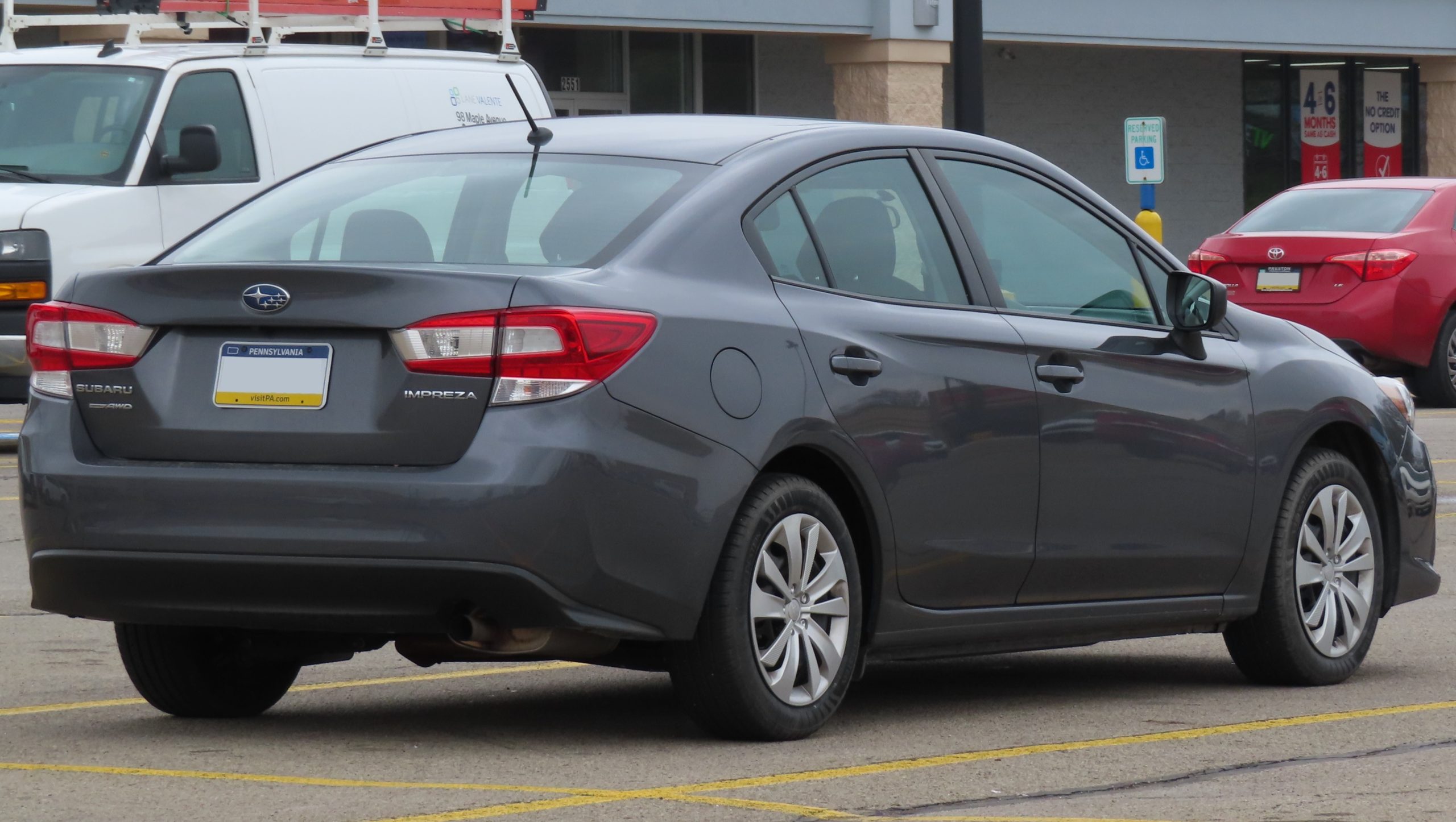If you’re anything like me, you probably don’t think about your brake fluid until something feels off. But when it comes to your Subaru Impreza, staying ahead of brake fluid maintenance can make a big difference in how your car feels and how safely it stops.

Let’s walk through how often you should replace your brake fluid, what signs to look out for, and why it matters more than most people think.
The Recommended Interval
Subaru officially recommends replacing brake fluid every 30,000 miles or every 2 to 3 years, whichever comes first. That’s not just a random number—it’s based on how brake fluid absorbs moisture over time, which can corrode parts and reduce braking efficiency.

Even if your Impreza feels fine, old fluid could be quietly eating away at your system from the inside. This is especially true if you live in a humid climate or do a lot of mountain or stop-and-go driving.
What Happens When Brake Fluid Gets Old?
Brake fluid is hygroscopic, meaning it pulls moisture out of the air. That’s bad news for a sealed hydraulic system. Over time, that extra moisture can:
- Lower the boiling point of the fluid
- Cause spongy or delayed brake pedal response
- Corrode internal components like calipers and ABS valves
- Trigger dashboard warning lights
- Lead to full brake failure if ignored too long

I once pushed my Impreza a little too far without flushing the fluid, and the brake pedal got worryingly soft. It was fine around town, but on a twisty descent, it was sketchy. I swapped the fluid the next day and it immediately felt tighter and more responsive.
Signs Your Brake Fluid Might Be Due
If you’re not sure when it was last done, here are a few clues your Impreza might be ready for fresh fluid:
- Brake pedal feels squishy or less responsive
- Takes longer to come to a stop
- You notice a burned smell after heavy braking
- ABS light flickers
- Fluid in the reservoir looks dark or cloudy

A quick visual check can be revealing. Clean brake fluid should be nearly clear or slightly yellow. If it looks brown or murky, it’s past its prime.
How the Service Is Done
You can absolutely do this yourself if you’re comfortable bleeding brakes, but most people have it done during regular maintenance. The process involves:
- Opening the bleeder valves at each wheel
- Flushing old fluid out while new fluid is added to the reservoir
- Ensuring no air gets into the lines
- Properly torquing everything back up
It usually takes about an hour at a shop and costs between $80 and $150, depending on your area.

My Pro Tip
If you’re already getting your oil changed or tires rotated at a service center, ask if they can test your brake fluid’s moisture level. Some shops have quick test strips or electronic testers that can instantly tell you if it’s still good.
Also, always use DOT 3 or DOT 4 brake fluid that meets Subaru’s specifications. Check your owner’s manual to confirm. Mixing the wrong type can lead to serious issues.
You Might Also Be Interested In:
- Signs You Need Fresh Transmission Fluid in a Honda CR-V
- Top Car Maintenance Tips for Summer
- How to Tell If Your Car Needs an Alignment
FAQs
Q: Can I top off my brake fluid instead of replacing it?
Only if it’s slightly low. Topping off doesn’t remove old, moisture-contaminated fluid. It’s a temporary patch, not a solution.
Q: Does Subaru cover brake fluid under maintenance plans?
It depends. Some prepaid maintenance plans include it, but not all. Check your coverage.
Q: What happens if I skip it?
Best-case scenario, your brake feel gets mushy. Worst-case, your brakes overheat or corrode—and that gets expensive fast.
Keeping fresh brake fluid in your Subaru Impreza isn’t just about ticking a box on your service checklist. It’s one of those under-the-radar maintenance tasks that directly impacts your safety. If it’s been a few years or you’ve noticed changes in how your brakes feel, it might be time to give your Impreza the love it deserves.
Let’s Talk Cars
Have a question? A suggestion? Just want to say hi?
You’re in the right place.
Use the form below to reach out to the AutoSpecs Daily team. We're happy to hear from readers, car lovers, first-time buyers, and anyone who's got something to share.
What can you contact us about?
- Feedback on one of our articles
- Ideas for new topics you'd like us to cover
- Questions about cars, gear, or general auto advice
- Media, partnership, or brand inquiries
- Anything else that's on your mind
We check every message that comes through and do our best to respond within 2 to 3 business days.
We don’t list an email address here to avoid spam, but the contact form is the best and fastest way to reach us.
Thanks for stopping by. We're glad you're here.

